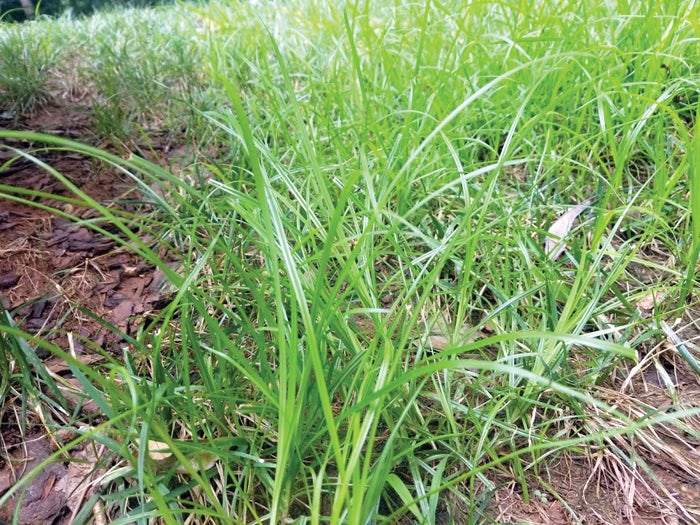Darrell Blackwelder column: Yellow nutsedge is a very difficult weed to control
Published 12:00 am Saturday, July 9, 2022

- Yellow nutsedge
A friend of mine told me she had some type of fast-growing grass in our flower beds that seemed to grow even more when she pulled it up. She was wondering what this grass was and how to control it. Unfortunately, she has yellow nutsedge in her flowerbed. Yellow nutsedge is a very difficult weed to control. Most think of the weed as a type of grass, but it’s technically in the sedge family. The blades are triangular shaped and grow very rapidly, especially in hot, humid weather that we’ve experienced over the past few weeks. Unfortunately, yellow nutsedge forms tubers (nuts) at the tips of the rhizomes. During the growing season, plants spread by rhizomes or underground stems rapidly producing “daughter plants.” Weed control specialists discourage pulling the weeds as it promotes new growth from bulblets remaining underground. Yellow nutsedge begins forming tubers at the tips of the rhizomes maturing in late July to mid-August. Spot spraying with a systemic herbicide such as glyphosate (Roundup) will control the newly emerged nutsedge, however the sprouts below ground generally continue to emerge and continue to be a problem. Many landscape maintenance professionals prefer to use a post emergence herbicide with the active ingredient Halosulfuron-methyl to control this weed and other unwanted plants. It’s often sold as Sledgehammer or other trade names at local garden shops and retail outlets. Go to http://www.clemson.edu/extension/hgic/pests/weeds/hgic2312.html for more detailed information about the yellow and other sedges.
Darrell Blackwelder is the retired horticulture agent and director with the North Carolina Cooperative Extension Service in Rowan County. Contact him at deblackw@ncsu.edu .





